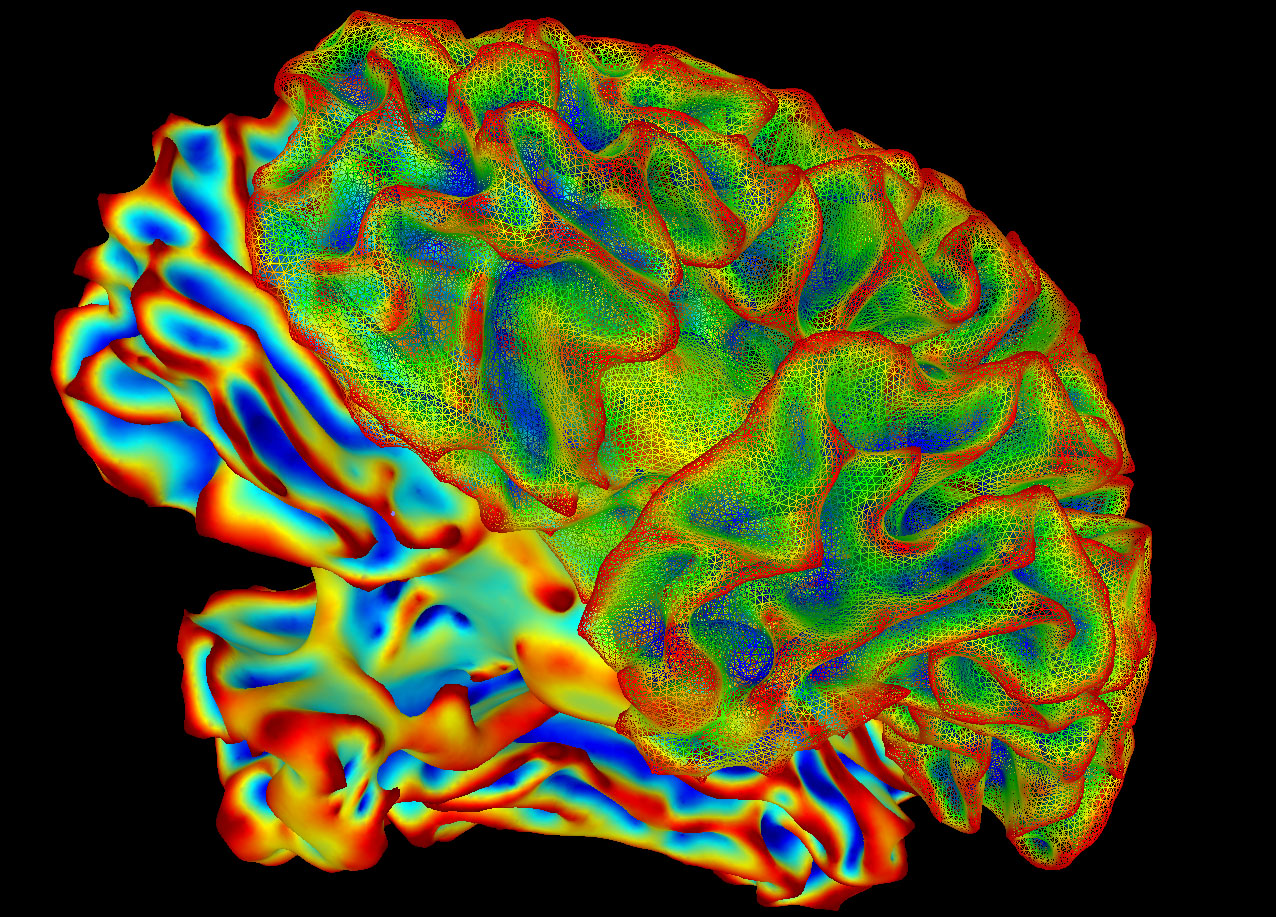Tag: Alzheimer’s disease
-
CIHR Health Research in Action: Better sleep may lead to a better fight against Alzheimer’s disease
Research team at Université de Montréal offers insights that may help both detect and treat the disease among patients in the future Issue More than 750,000 Canadians are living with Alzheimer’s disease (AD). This complex neurodegenerative condition destroys brain cells and causes a gradual deterioration of memory and thinking. Research A key feature of AD…
-
UCalgary researchers use computer modelling to simulate impact of Alzheimer’s on the brain
New way to model neural disease could lead to better understanding Author: Shea Coburn, Hotchkiss Brain Institute A deep neural network is a computerized brain-inspired machine learning model, which uses many layers of simulated neurons to mimic the function of the cerebral cortex. Each layer in the network creates more complex activity, which simulates the…
-
Monocytes to the rescue
Researchers show that these immune cells attack one of the main manifestations of Alzheimer’s disease An article published in the journal Cell Reports by researchers from Université Laval reveals the existence of a natural mechanism to prevent one of the manifestations of Alzheimer’s in the brain. Using medical imaging techniques to view live events that…
-
Everything in moderation: excessive nerve cell pruning leads to disease
Mechanism meant to maintain efficiency of brain network involved in neurodegenerative disease Scientists at the Montreal Neurological Institute and Hospital-The Neuro, McGill University, have made important discoveries about a cellular process that occurs during normal brain development and may play an important role in neurodegenerative diseases.
-
Major step toward an Alzheimer’s vaccine
A team of researchers from Université Laval, CHU de Québec, and pharmaceutical firm GlaxoSmithKline (GSK) has discovered a way to stimulate the brain’s natural defense mechanisms in people with Alzheimer’s disease.A team of researchers from Université Laval, CHU de Québec, and pharmaceutical firm GlaxoSmithKline (GSK) has discovered a way to stimulate the brain’s natural defense…
-
Neuro researchers sharpen our understanding of memories
May 2, 2012 – Scientists now have a better understanding of how precise memories are formed thanks to research led by Prof. Jean-Claude Lacaille of the University of Montreal’s Department of Physiology. “In terms of human applications, these findings could help us to better understand memory impairments in neurodegenerative disorders like Alzheimer’s disease,” Lacaille said.…
-
Study Identifies a New Way Brain Cells Die in Alzheimer’s Disease – Will help lead researchers towards new treatments
A new study challenges conventional thinking about how brain cells die in Alzheimer’s disease. The findings demonstrate a previously unknown mechanism by which the cells die and will help lead researchers in new directions for treating the degenerative brain disease. The study by scientists at the University of Calgary’s Hotchkiss Brain Institute is published this…


